
fish feed production plant
RICHI sinking fish feed production plant includes multiple modules such as crushing, mixing, granulating, drying, cooling, screening, packaging, etc.
It can be equipped with equipment according to customer needs and production processes, and can be applied to all sink fish feed processing fields.

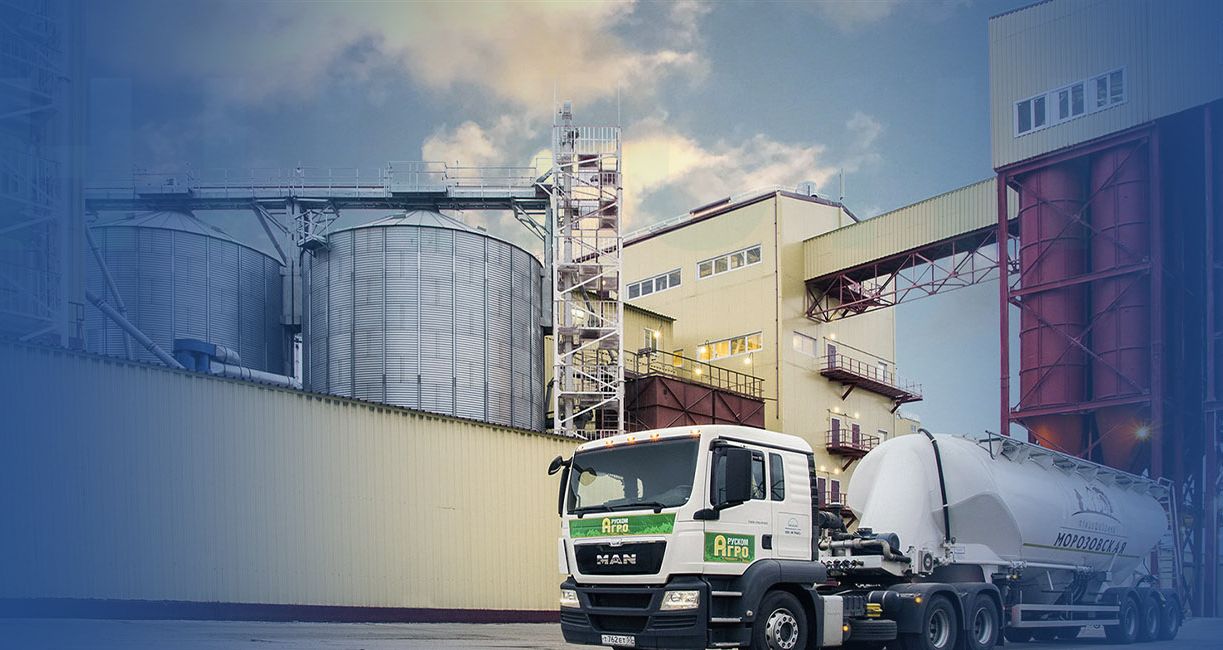
To provide customers with more complete and systematic integrated solutions is the continuous pursuit of Richi Machinery. Therefore, our R&D team has invested a lot of money in new research and development to design a sinking fish feed plant that can meet the diverse needs of customers with high quality and high output.
Therefore, the various systems of the sinking fish feed production line we customize for customers must be reasonably matched, which greatly improves the output of the equipment.
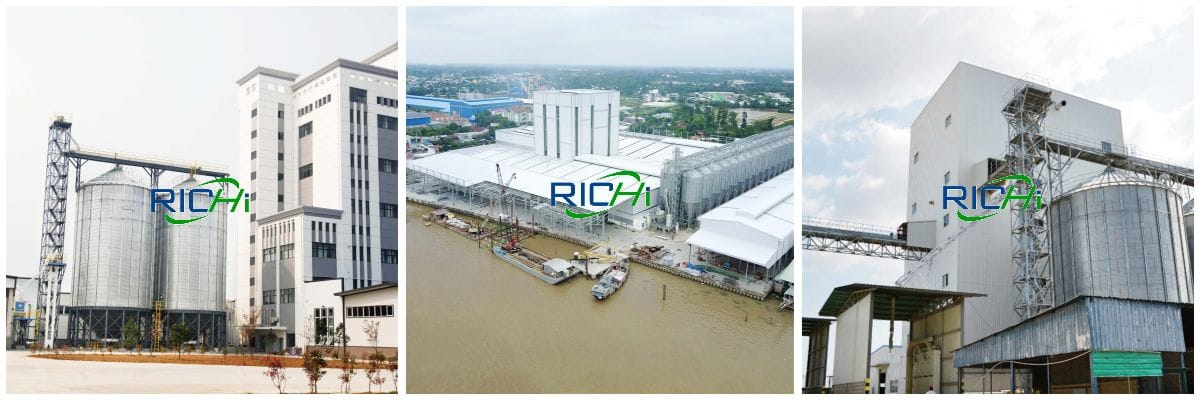
With the global feed industry entering the era of high cost, digitization, scale and intensification, Richi Machinery has a solid foundation, active exploration, courage to innovate, and initiative to change.
Through stand-alone fish feed production plant equipment innovation, engineering operation optimization, customer service full cycle and other measures, we help domestic and foreign customers to create greater profits and realize value on a stable, reliable and sustainable basis.
Set Up sinking fish feed production plant
In order to obtain high-quality aquatic feed, it is necessary to ensure all the nutrients required by the feeding characteristics of the aquatic products fed by the main products, adopt a reasonable aquatic feed processing technology, and select appropriate sinking fish feed equipment.
In addition to sinking fish feed, we can provide customized services for the processing technology of various aquatic feeds.
When designing the sinking fish feed processing technology, we will understand the customer’s main product type, feed formula, production capacity, automation level requirements, and investment amount. scheme, considering comprehensively, choose the best option.
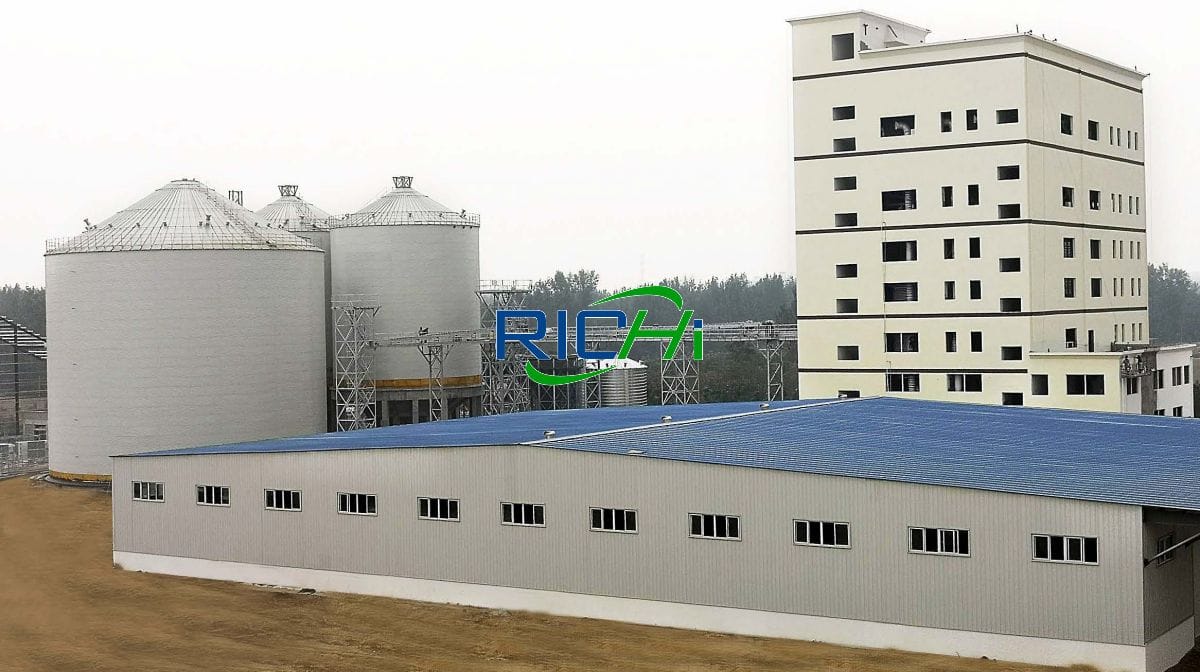
When conditions permit, advanced and complete technological sinking fish food manufacturing process, advanced sinking fish feed machine and control equipment with a high degree of automation should be adopted as far as possible to ensure product quality, reduce energy consumption as much as possible, and reduce production costs.
Targeted and flexible, it not only focuses on the production of certain or several types of sinking fish feed, but also combines different formulas, different raw materials and different feed shape requirements, as well as the characteristics of aquaculture in the off-peak season; Sinking fish feed is the main product, and other types of feed such as livestock and poultry feed are also produced in the off-season, so as to improve the utilization rate of the equipment and avoid the corrosion caused by the long-term shutdown of the fish feed equipment.
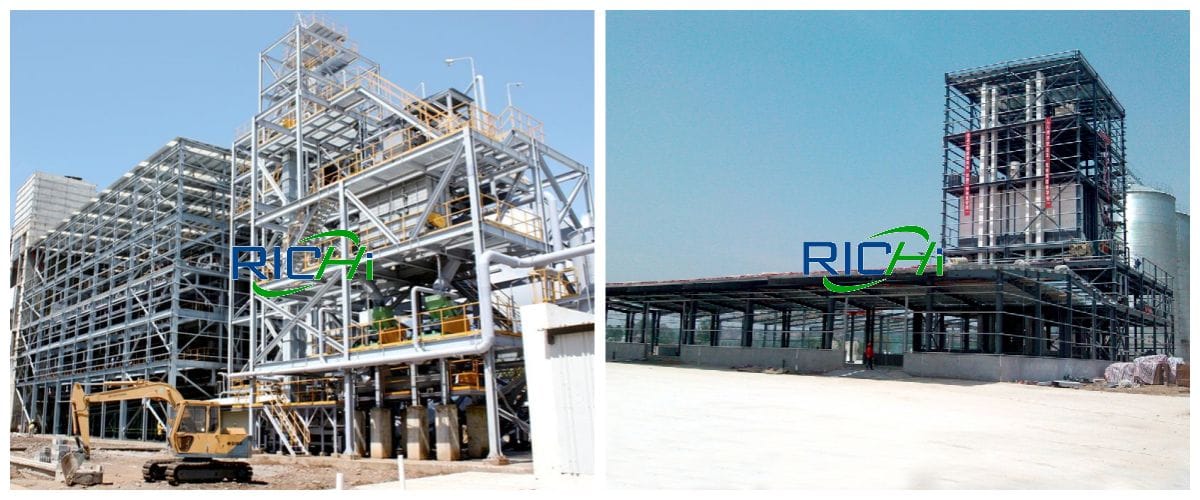
When the customer does not require high production capacity, the output is small and the product variety is single, on the premise of ensuring the quality of the feed, a relatively simple process can be adopted to reduce sinking fish feed making plant investment and cost.
When the production scale of the customer’s sinking fish feed production plant is large and there are many product varieties, it is recommended to adopt a more complete technological sinking fish food manufacturing process and more advanced equipment to improve the degree of automation control to ensure product quality and meet the various needs of users.
When selecting sinking fish feed manufacturing equipment, consider the matching of the processing capacity of each equipment; it is recommended that customers use stainless steel for the sinking fish feed making machine shell that is in contact with steam during processing to improve its corrosion resistance and prolong the service life of the equipment.
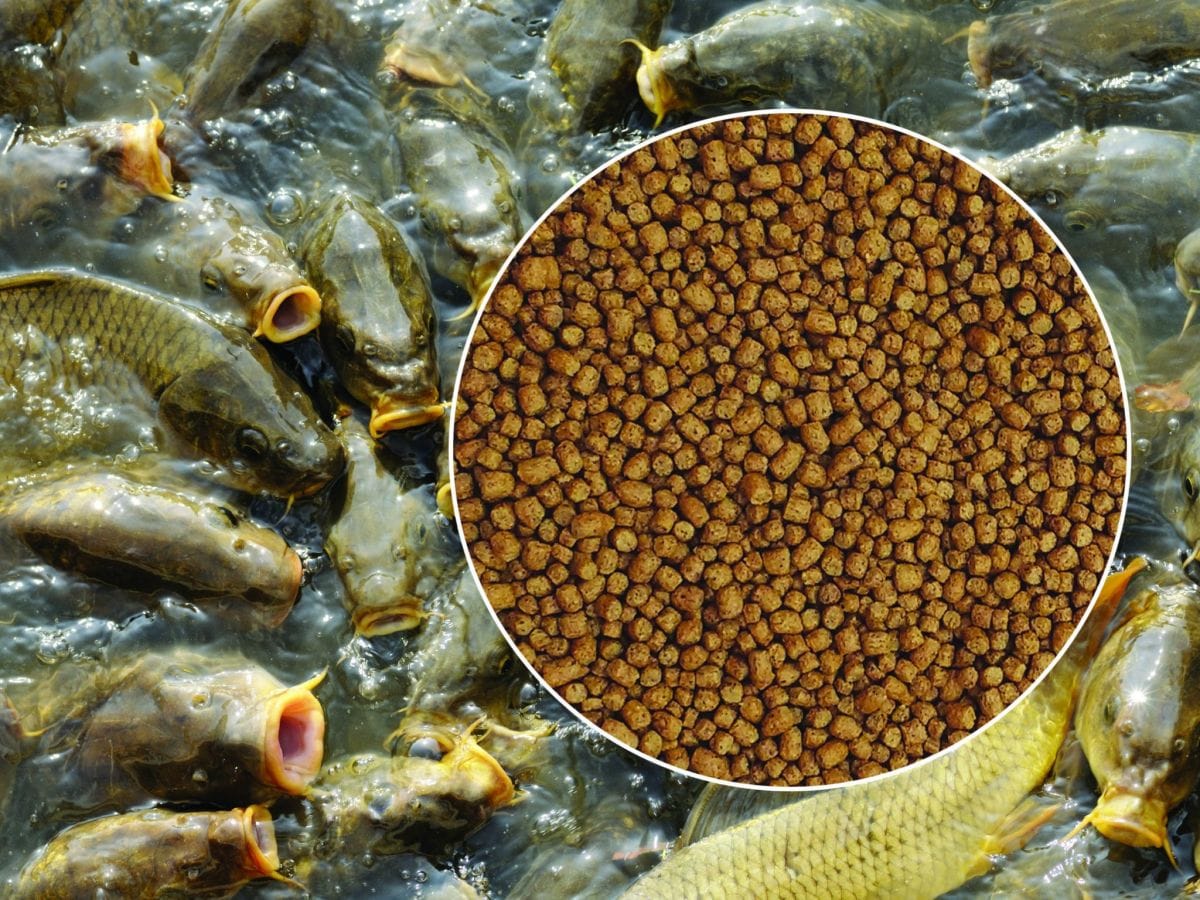
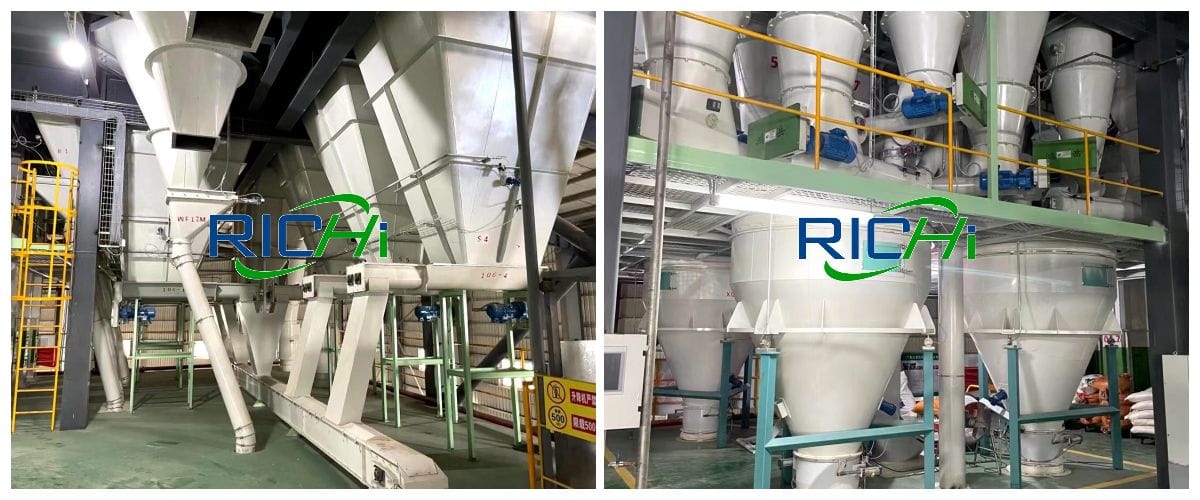
Considering that aquatic products are generally smaller than livestock and poultry products, the food intake per time is small, and the requirements for raw material grinding and mixing are high, the micro-grinding or ultra-fine grinding process should be considered in the process arrangement, and whether a micro-powder classifier is equipped.
Whether to add more grease, use mixing equipment with higher mixing accuracy. For aquatic feeds that require water stability, such as shrimp feed, conditioning, maturation, and drying processes should be arranged in the process to ensure the stability of the feed in water, reduce water pollution, and improve feed utilization.
RICHI MACHINERY has formed various kinds of sinking fish feed production plant equipment with relatively complete varieties, serialization, standardization and generalization. Its manufacturing precision, quality stability and product performance are all high, and it is at the international leading level. The key sinking fish feed machine and auxiliary equipment are fully capable of Comparing with the advanced equipment of developed countries, and due to reasonable price and good pre-sale and after-sale service, it has gradually occupied the international market, which can replace imported aquatic equipment and export products in batches.
Advantages of RICHI sinking fish feed production plant
- Two types of feeds can be produced on one sinking fish feed production line, which saves investment in fixed assets and improves the utilization rate of equipment; food intake.
- The process of first matching and then crushing is adopted, the process flow is simple, the structure is compact, the investment is less, and the energy consumption is saved;
- In the pulverizing system, the combined process of pulverization and classification is adopted, so that the particles with the required particle size after pulverization will not be repeatedly pulverized, which increases the output of the pulverizer and does not waste electric energy.
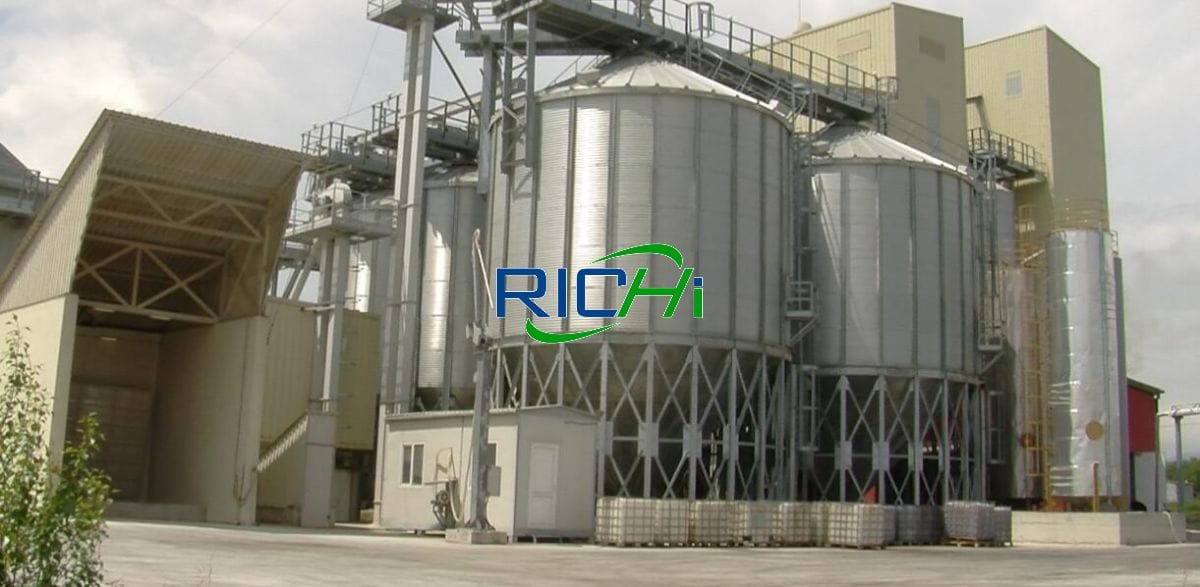
Generally speaking, a complete set of sinking fish pellet feed production line can process powder and hard pellet fish feed at the same time. Our sinking fish feed production plant can save investment, improve equipment utilization rate and save power.
The sinking fish feed plant should be comprehensive or multi-species production to meet market needs. At present, the largest production and sales of fish feed are powder feed and hard pellet feed. As a sinking fish feed factory, it should have the ability to produce these two types of feed to gain more market share and generate better benefits.
However, setting up a sinking fish feed plant for this reason not only requires a large investment in fixed assets, but also sometimes leads to idle and waste of equipment.
Although powder feed and hard pellet feed have different shapes due to different objects, there are common or similar aspects in the processing technology requirements of these two types of feed. And Richi Machinery makes it possible to process both types of feed on the same fish feed processing line.
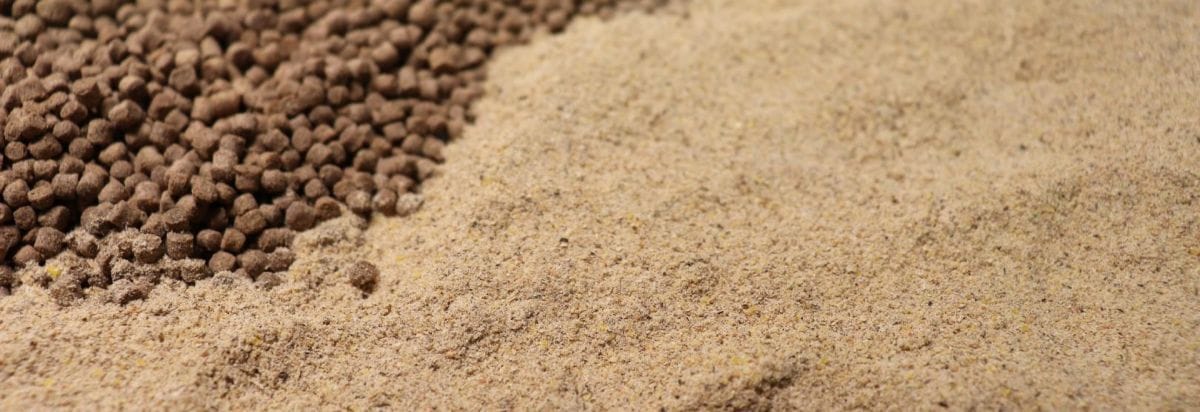
Richi Machinery has mastered the mature experience in the construction of sinking fish feed plants. With strong innovation, the sinking fish feed plant we established has changed the pattern of sinking fish feed processing to a certain extent, and the price is relatively affordable. The sinking fish feed manufacturing line The production capacity index has been raised to a new level, and it has become the most popular sinking fish feed equipment in sinking fish feed production engineering projects.
Types of sinking fish feed production plant
—— Richi Machinery ——
According to the types of animals, the types of animal feed plants include: poultry feed mill plant, cattle feed mill plant, fish feed mill plant, livestock feed mill plant, chicken feed mill plant, goat feed mill plant, animal feed mill plant for pig, etc.
According to the properties of the feed, the types of feed mills are divided into: Complete compound feed mill plant, concentrate feed mill plant, premix feed mill plant, concentrate mixed feed mill plant, mixed feed mill plant.
The first four categories belong to compound feeds, and the fifth mixed feed is made by simple processing and mixing of some feed raw materials. It is a primary feed, but the feeding effect is not ideal, so it is usually not recommended.
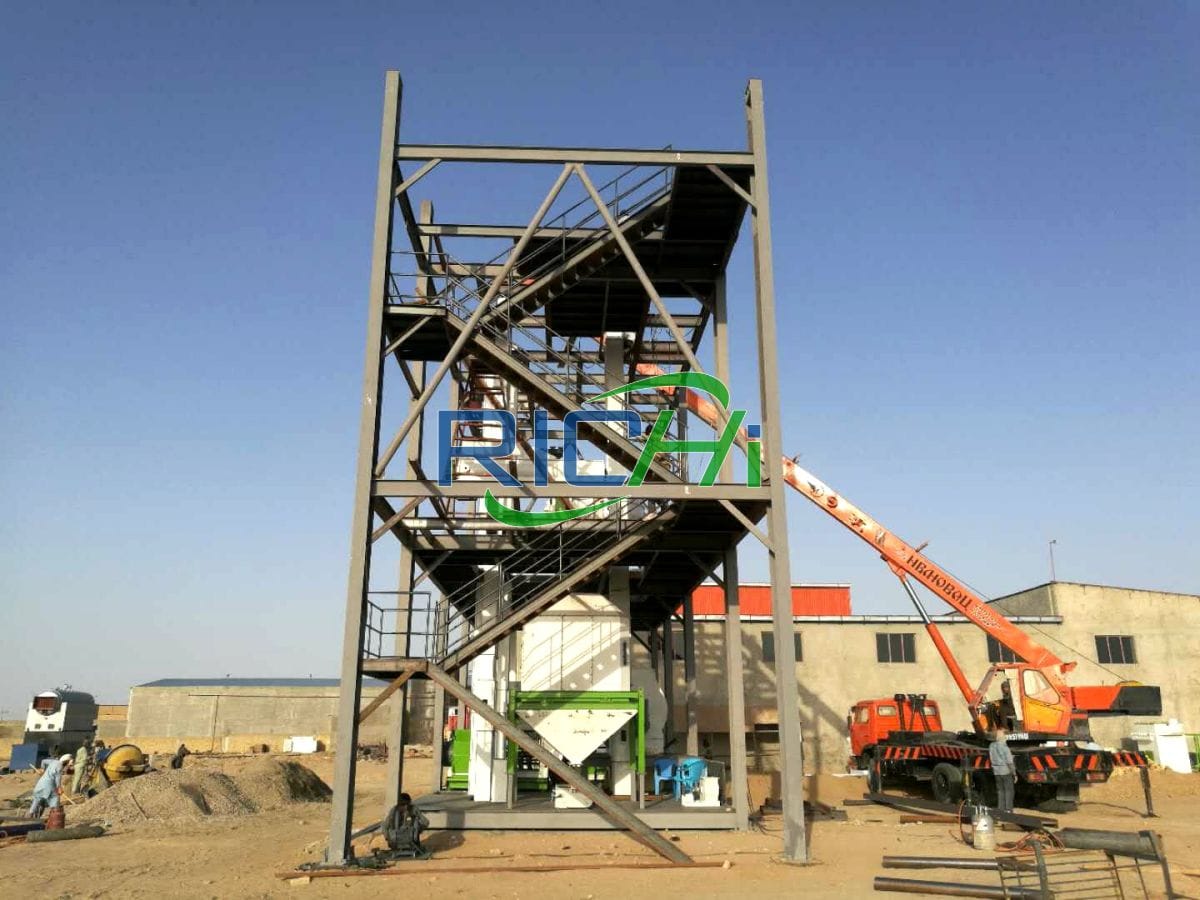
Cost to set up sinking fish feed production plant
Richi Machinery is a professional manufacturer of sinking fish feed machine, which can provide 1-60t/h sinking fish feed production plant. The price of sinking fish feed plant is usually 80,000-1,500,000USD. It has been exported to Uzbekistan, Thailand, Zimbabwe, Ecuador, Russia, Indonesia, Malaysia and other regions, the technology is mature, the quality is reliable, and the operation is stable. The diversified and multi-combination configuration of the RICHI sinking fish feed mill plant can meet the requirements of every customer. At the same time, it can be configured according to the specific needs of customers.
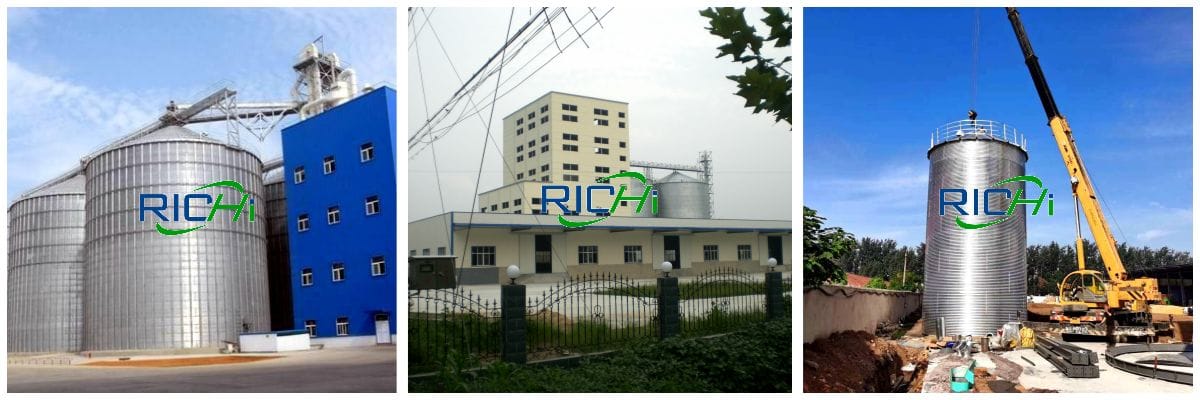
Value Enhancement
It is our constant pursuit to provide customers with richer and systematic integrated sinking fish feed production solutions.
Five innovations
Modular design, full set of fish feed production line has a wide range of functions, can also be used for other feed process
Optimize and Upgrade
The classification of sinking fish feed series is optimized, and the sinking fish feed plant configuration scheme is rich
Structural Analysis
The complete system consists sinking fish pellet machine, fish food grinder, fish feed mixer, pellet cooler and other equipment
Project of sinking fish feed manufacturing plant
Focus on successful sinking fish feed production plant cases in more than 130 countries and regions around the world, and inspect every process from a single machine to the entire fish feed production line. The operating profit ratio of thousands of customers is clear and testable, and they jointly test the entire service system from the design and development team to the installation and maintenance team, and witness the realization of the investment value of the entire sinking fish feed manufacturing plant project.
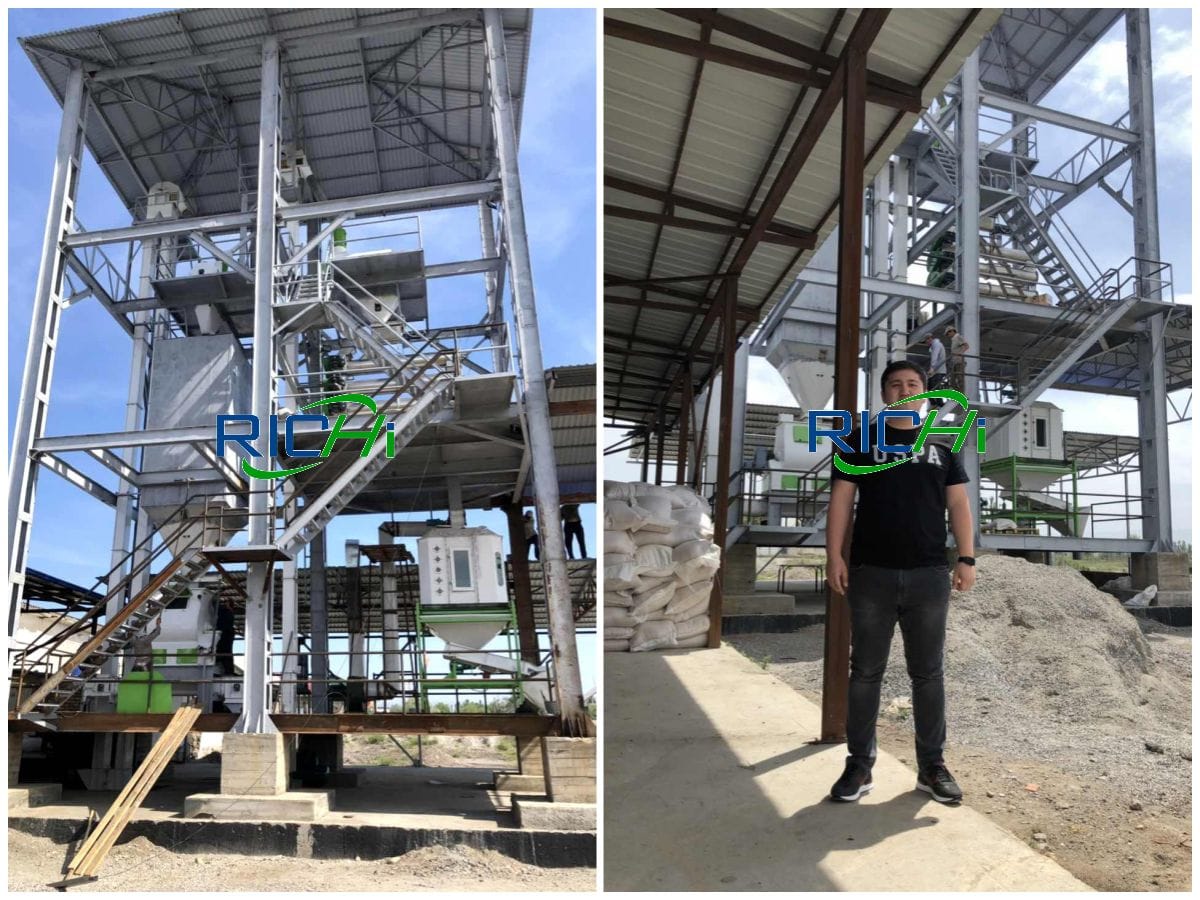
5T/H
5 T/H sinking fish feed plant Project
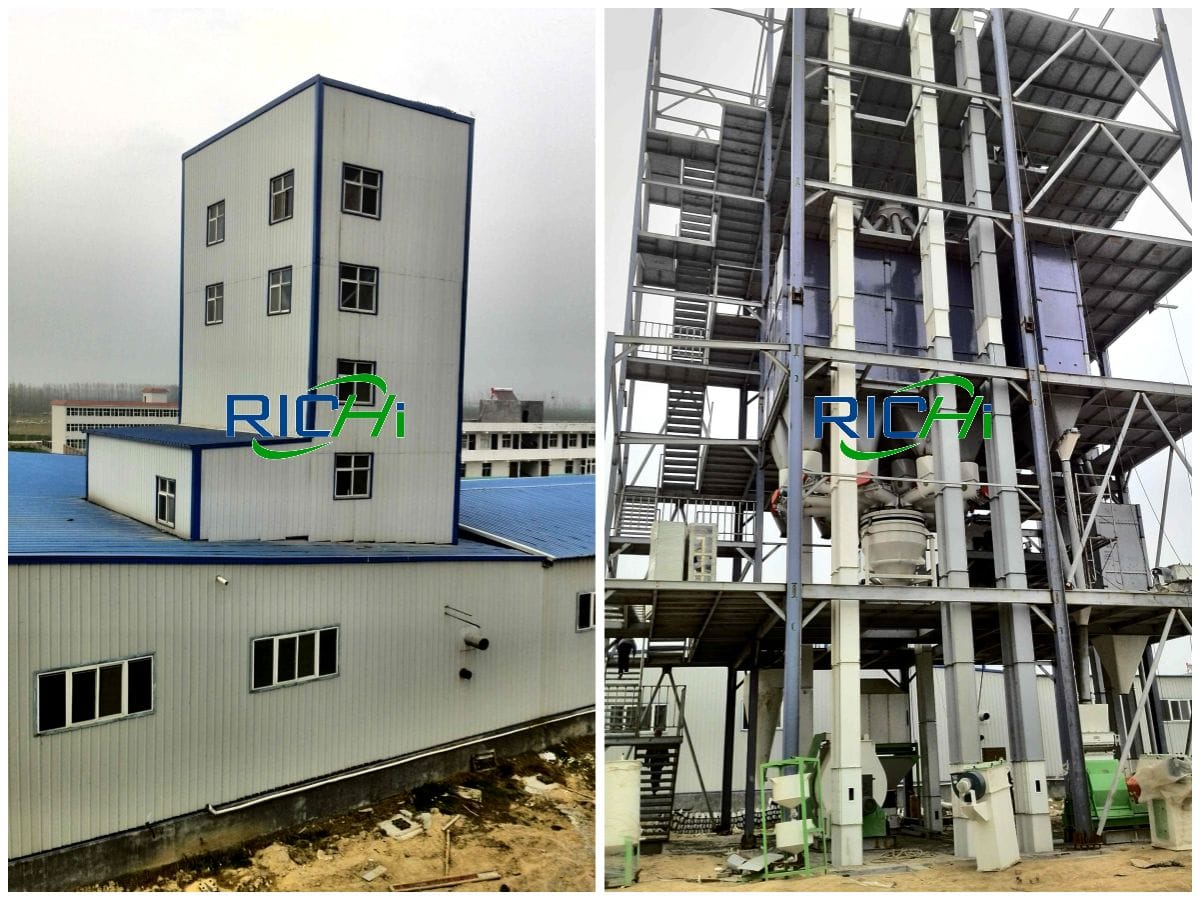
10T/H
10 T/H sinking fish feed plant Project
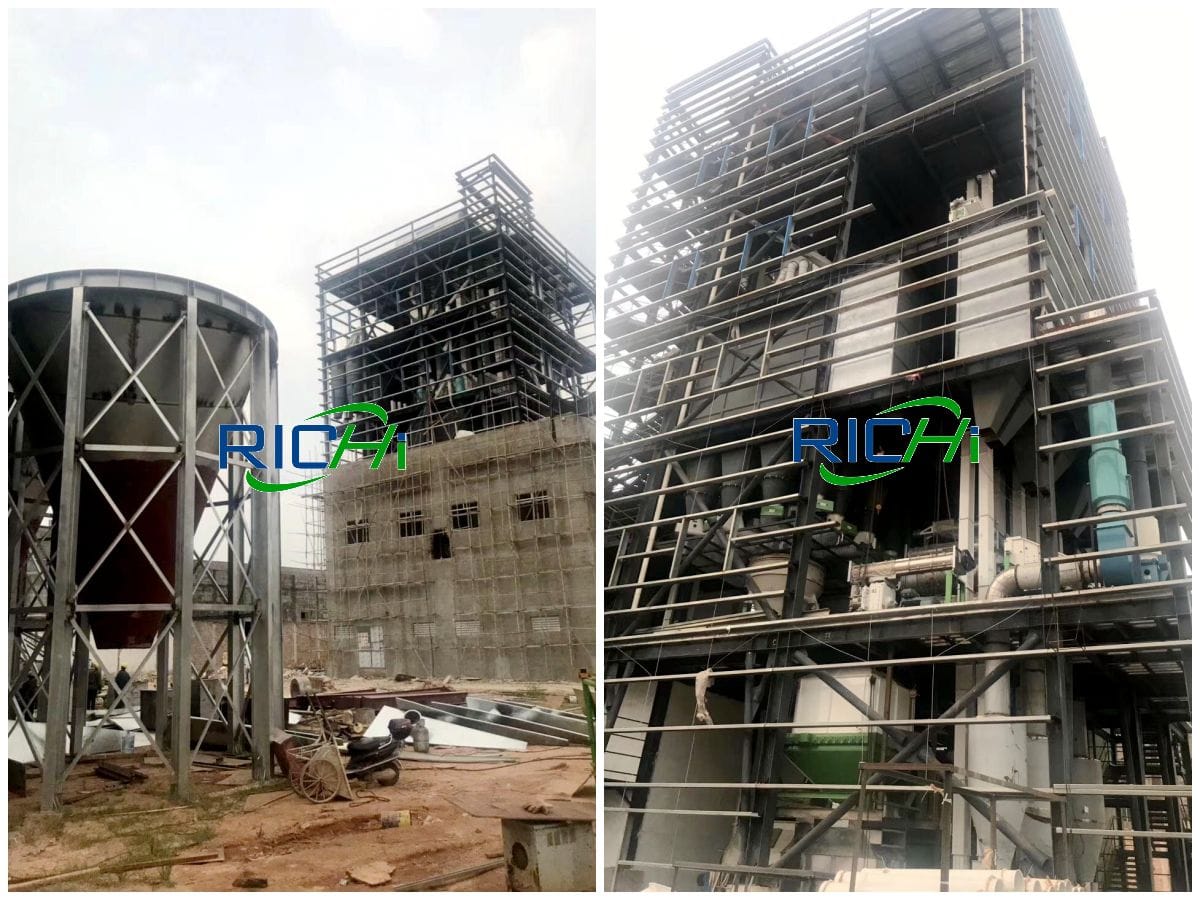
20T/H
20 T/H sinking fish feed plant Project
Accurately manage and control cost accounting, scientifically calculate expected profits, reduce costs and increase efficiency, and profits can be expected. From sinking fish feed production equipment selection and program planning in the early stage, to the optimization and improvement of equipment production capacity in the mid-term, and then to the after-sales service in the later stage, we have professional project managers to track the whole process to avoid risks and enhance the value of the project for you.
How to make fish feed pellets?
—— Sinking Fish Feed Production Plant ——
Sinking fish food manufacturing process mainly include feed raw material receiving, raw material removal of impurities and iron, crushing or micro-grinding, ultra-fine grinding, batching, mixing, transportation, weighing and packaging, etc.
For sinking fish feed pellet, it also includes granulation or puffing, curing, drying, Cooling, screening or crushing screening, etc. The reception of fish feed raw materials and the removal of impurities and iron from the raw materials are the same as the sinking fish food manufacturing process requirements of general livestock and poultry feed, and no special requirements are required.
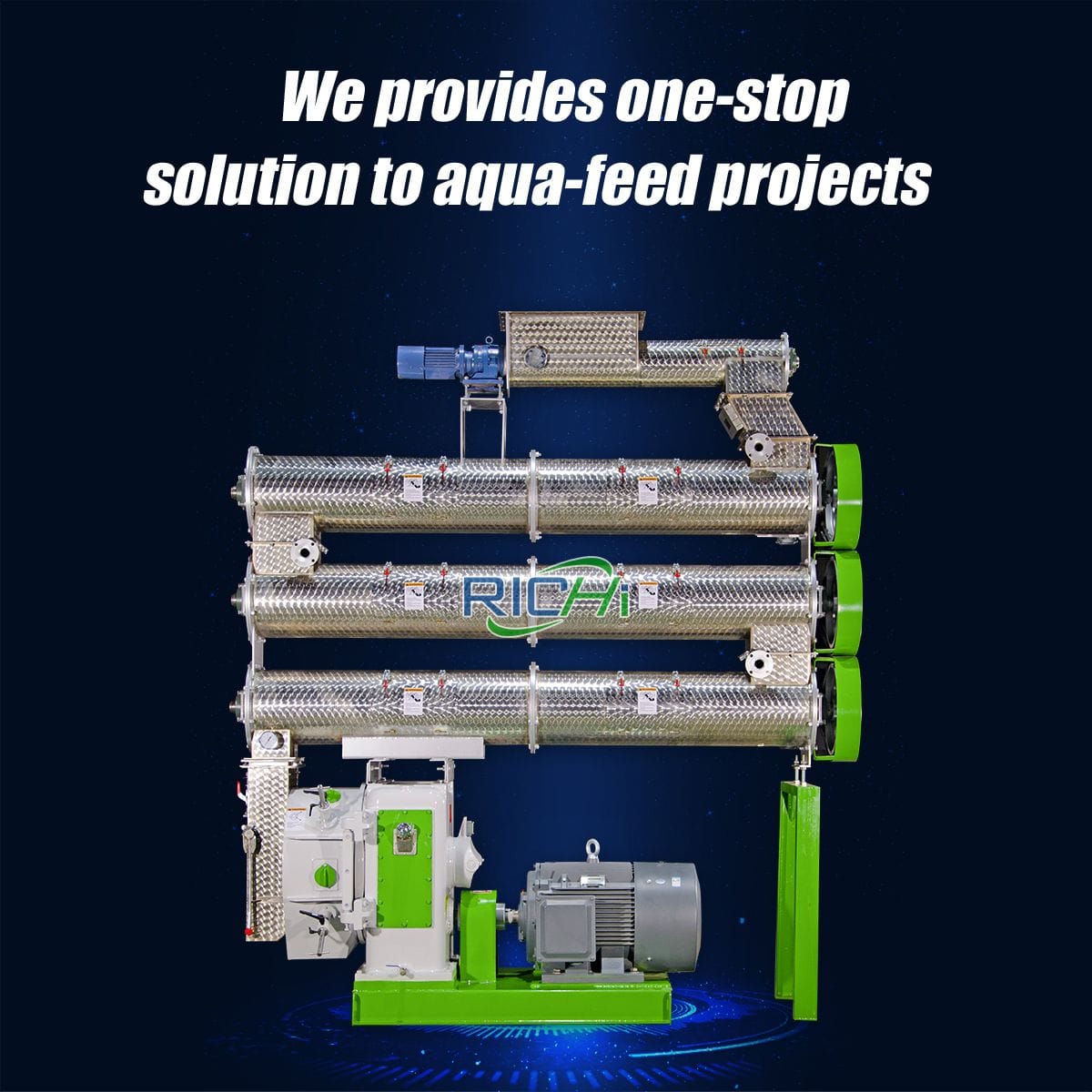
01 Crushing system
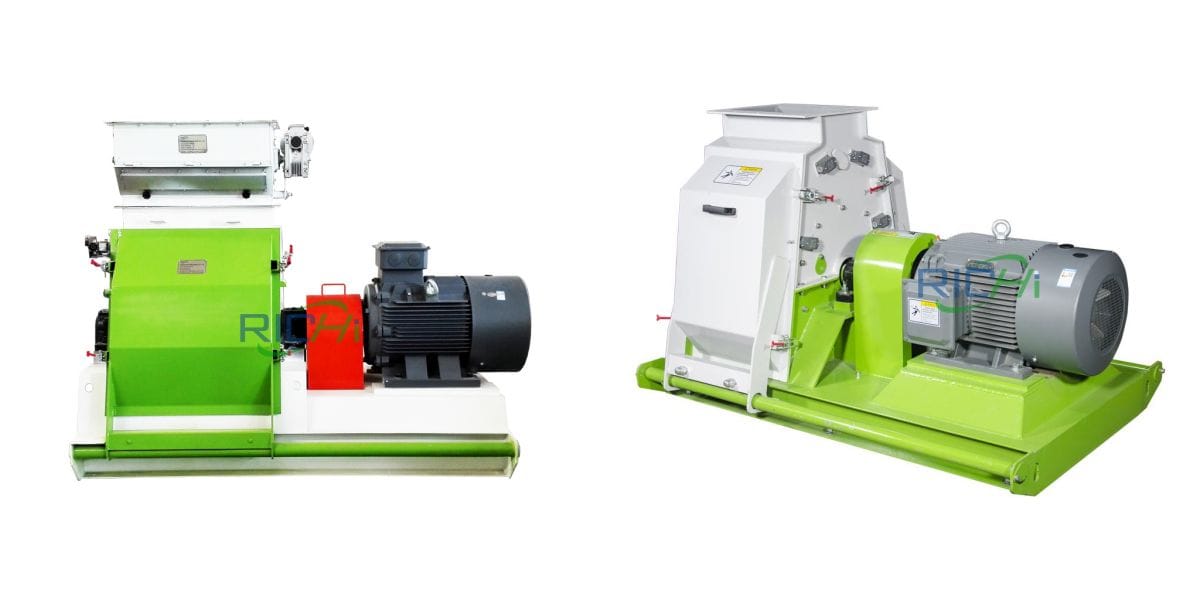
However, the requirements for crushing and mixing are high, and the difficulty of crushing and mixing is increased because the aquatic feed contains more protein and oil. For example, after the raw materials of shrimp feed are crushed, 80% pass through a 0.25mm sieve hole and 97% pass through a 0.425mm sieve hole, and the raw materials of eel feed and turtle feed should be crushed to 80-120 mesh or more.
02 Mixing system——sinking fish feed production plant
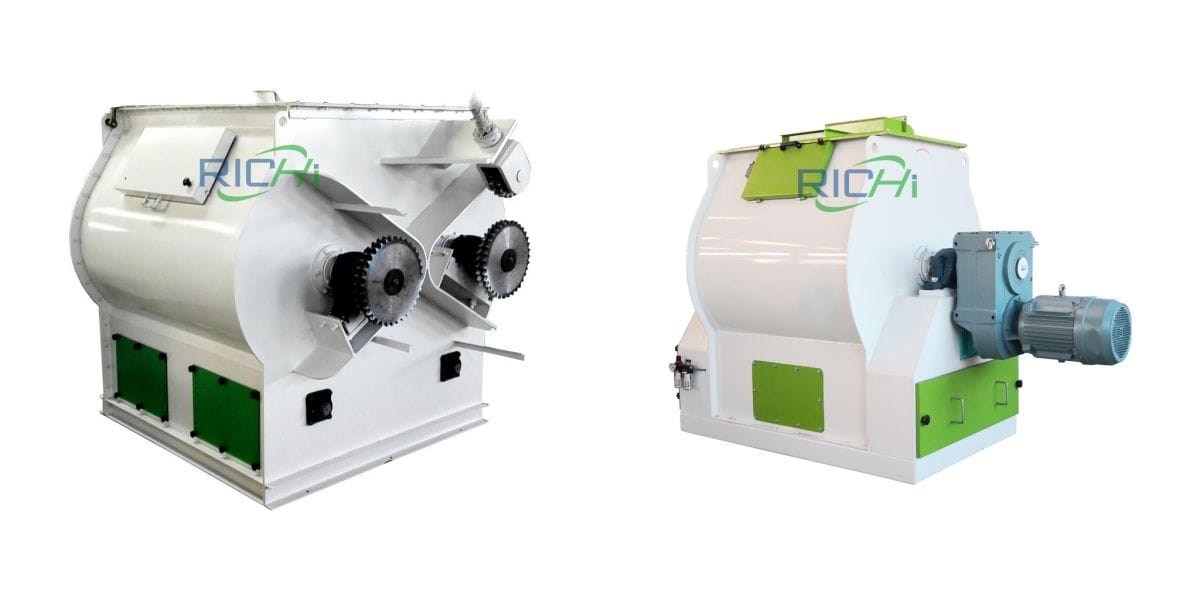
Mixing is also one of the key processes in sinking fish food production. Whether the mixing is uniform or not directly affects the stability of feed quality. The purpose of blending is to mix the various nutrients evenly so that the subject gets all the nutrients they need in each ingestion.
Compared with other mixers, the double-shaft horizontal feed mixer has the advantages of uniform mixing, less mixing residue, easy cleaning, more oil can be added, and shorter mixing time.
03 Granulation & Extrusion——sinking fish feed production plant
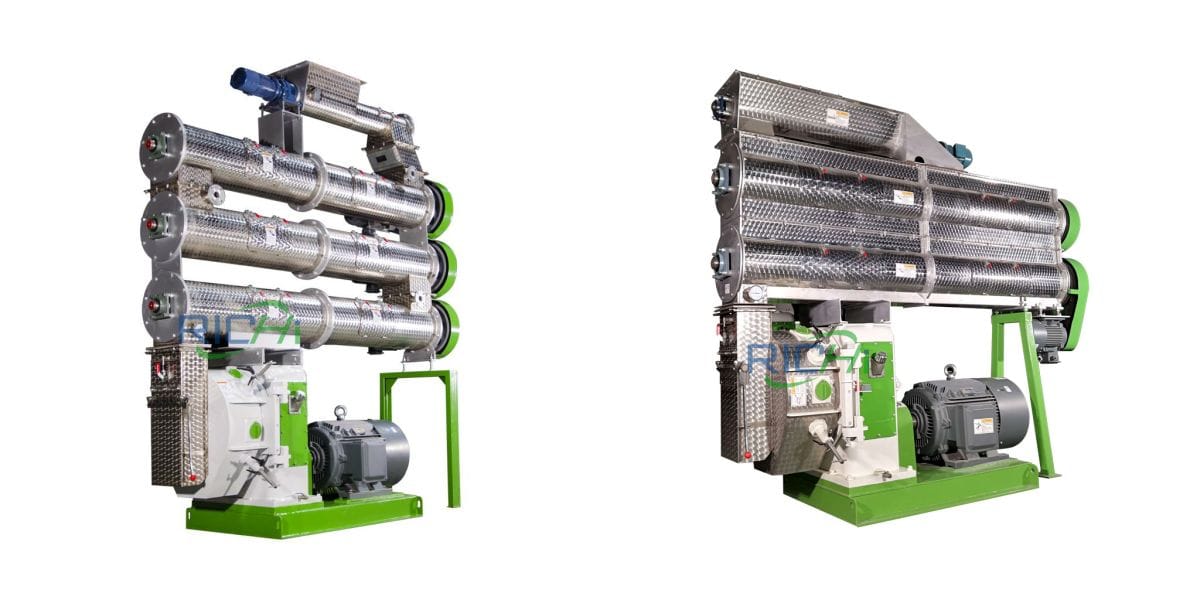
Since the raw materials of aquatic feed are finely crushed and contain more protein and oil, it is easy to cause arching during transportation, storage and processing. The granulation process should use an appropriate fish pellet machine or fish feed extruder machine.
For aquatic feeds with high water stability requirements, a sinking fish feed machine with a two-layer or three-layer conditioner structure should be used, so that the raw materials have more heating and humidification time before granulation, increase the starch gelatinization rate, and strengthen the particles. inter-bond, thereby improving the stability in water. Adding appropriate binders to the raw materials also helps to improve the stability of the feed in water.
04 Drying & Cooling & Screening & Packaging——sinking fish feed production plant
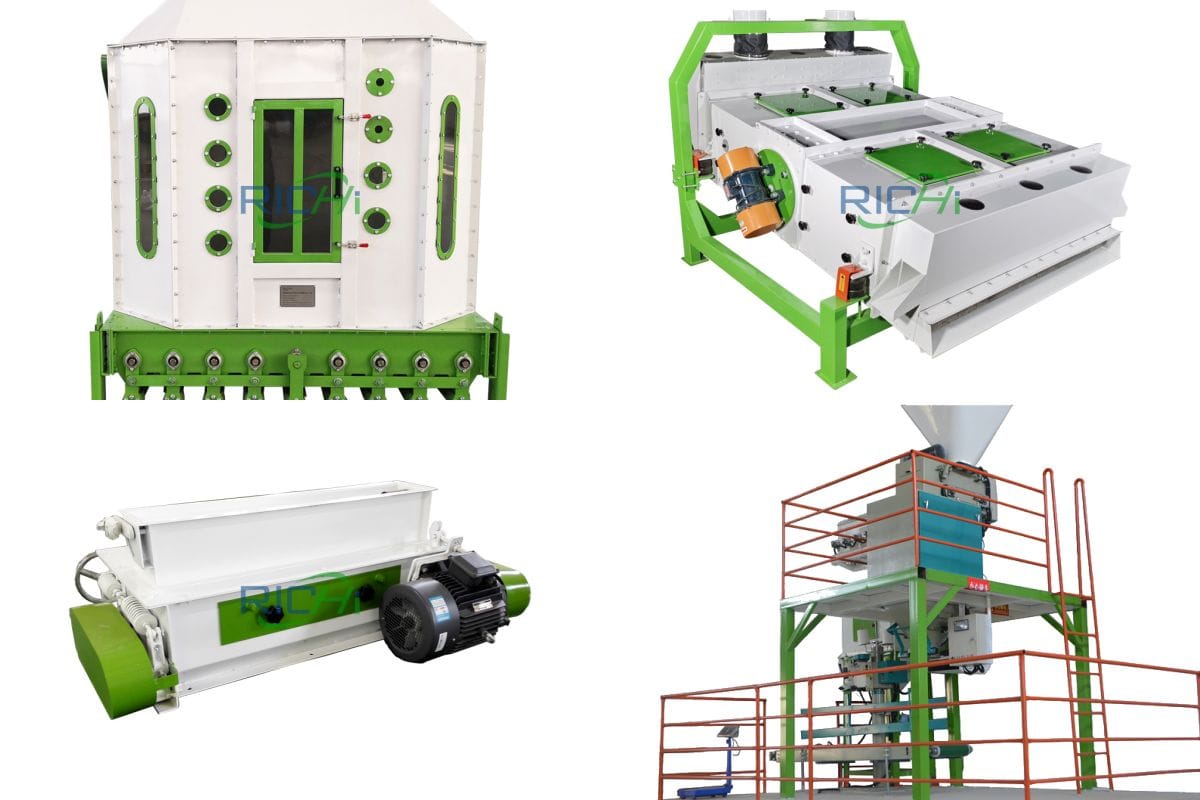
The pellets after granulation contain high moisture content, and they must be cooled (some must be aged, dried, and cooled) to obtain qualified feed. During ripening, heating the feed to keep warm and moisturizing is beneficial to further gelatinization of starch.
During drying, heating and dehumidifying the feed is also conducive to starch gelatinization, reducing the moisture content and obtaining a more solid feed.
Rapid cooling after drying reduces moisture content to safe storage requirements and lowers feed temperature. After sieving, the finished pellet feed can be obtained, which can be sold after weighing and packaging.
Richi Machinery sinking fish feed production equipment adopts artificial ingredients, secondary mixing, micro-grinding, curing, drying, cooling, crushing and screening, etc. The investment is not large, and the product quality is guaranteed. Not only for the production of shrimp feed, eel feed, turtle feed, but also for the production of livestock and poultry feed.
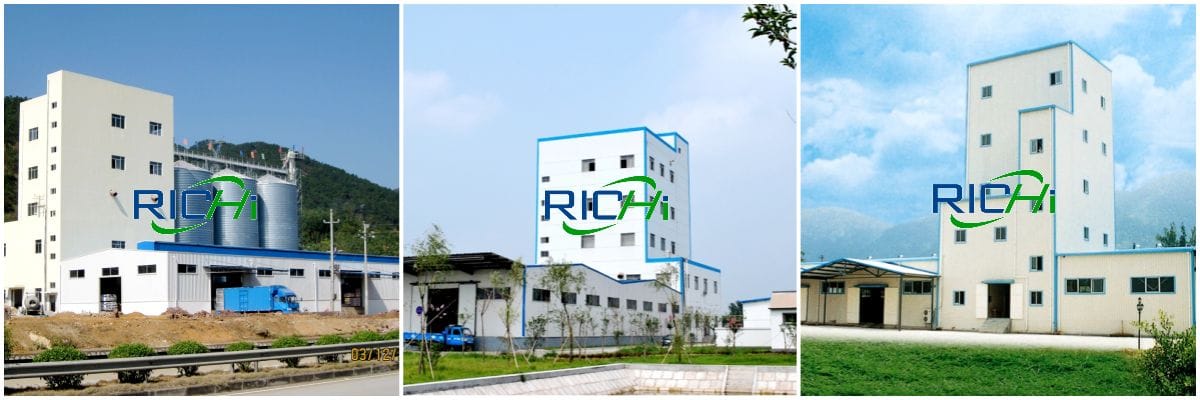
Richi Machinery sinking fish feed production equipment adopts artificial ingredients, secondary mixing, micro-grinding, curing, drying, cooling, crushing and screening, etc. The investment is not large, and the product quality is guaranteed. Not only for the production of shrimp feed, eel feed, turtle feed, but also for the production of livestock and poultry feed.
Due to the adoption of the latest maturing, drying, and countercurrent cooling technologies, the fish feed produced can ensure long-term insolubilization and non-disintegration in water, reducing water pollution, and is suitable for chronic feeding by sinking fish. This fish food manufacturing process is a relatively advanced and practical production process of sinking fish feed, which is suitable for various countries.

Project report on sinking fish feed production plant
In the past 30 years, we have accumulated rich practical experience, customized reasonable and practical sinking fish feed production system configuration for thousands of customers, and provided a full set of services throughout the pre-sale, in-sale and after-sale. Our services run through all aspects of on-site topographical environment survey, fish feed production line process design, raw material testing, cost requirement analysis, project investment budget, equipment installation and commissioning, etc.
Next, I will share with you a few detailed sinking fish feed production cases, hoping to help you!
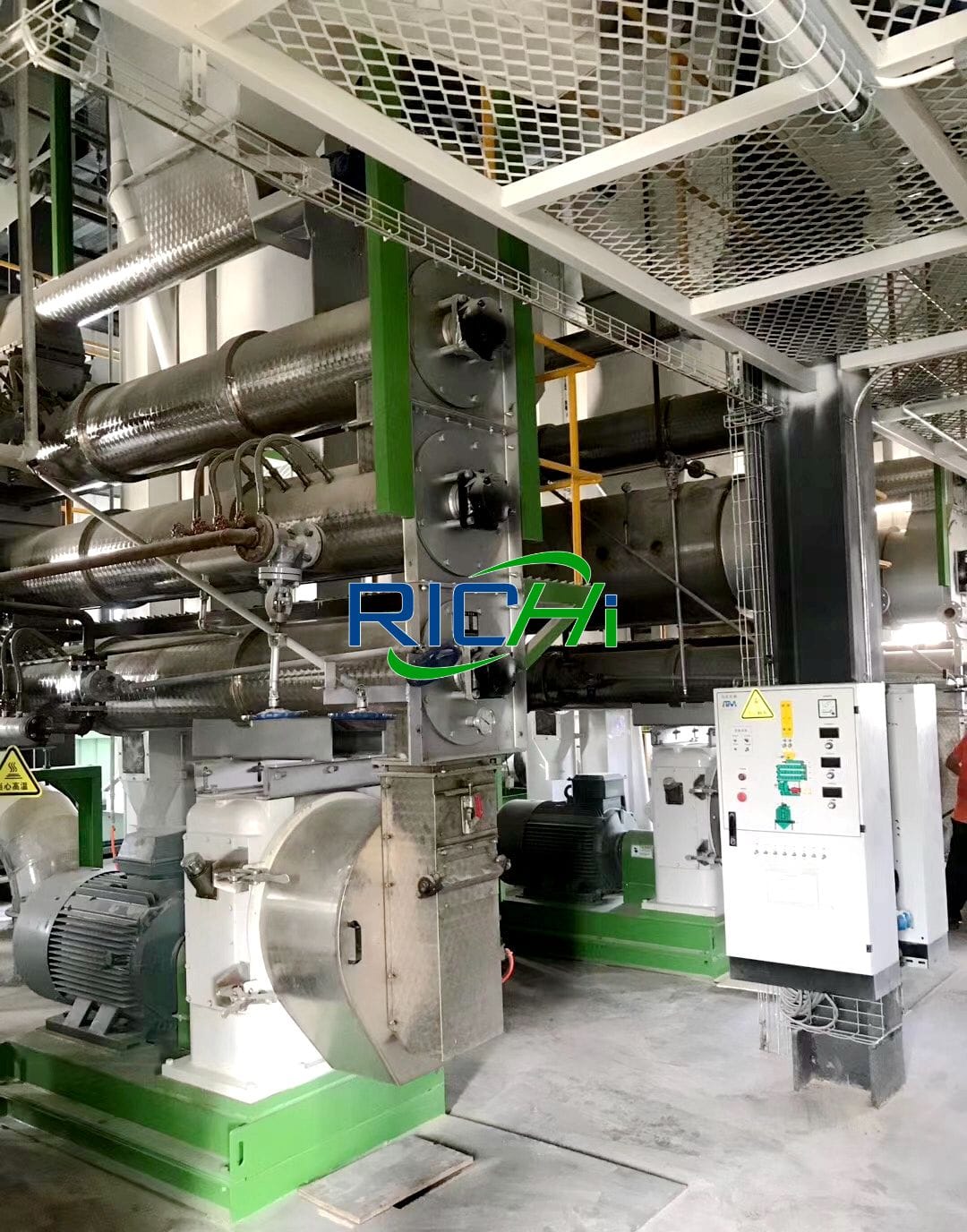
2T/H sinking fish feed making plant project
- Construction nature: new construction
- Construction scale: annual output of aquatic feed 5,000 tons
- Project composition: The construction of this 2t/h fish feed production project makes full use of the original building facilities, mainly including warehouses and office buildings. According to the needs of the market, this project plans to build a new production plant with a construction area of 432 square meters and a building height of 33 meters.
- The construction contents include: 2 new fish feed production lines, feed raw materials, finished product warehouse, boiler room, office building, guard room, and machine repair workshop.
- Project product plan: This 2t/h fish feed plant project is mainly engaged in the processing and production of aquatic feed. The construction scale is to produce 5,000 tons of aquatic feed annually, including 4,000 tons/year of abalone fry feed and 1,000 tons/year of sinking fish feed.
- Total investment:1.2 million US dollars, covering an area of 4363.15m² and a construction area of about 2500m².
Public construction of 2 t/h sinking fish feed production plant
①Water supply
The water in this 2t/h sinking fish feed project is mainly domestic water, steam boiler water and greening water, etc., which are provided by the municipal water supply pipe network, which can meet the requirements of production and domestic water.
②Drainage
The production process of this 2t/h sinking fish feed project needs to maintain dry conditions, and the workshop site will not be cleaned, so no production wastewater is generated in the production process; the boiler condensate water is reused for employees’ domestic water or boiler water, and is not discharged outside; therefore, the sewage generated by the project is mainly Domestic sewage, the discharge amount of domestic sewage is about 1.08m3/d.
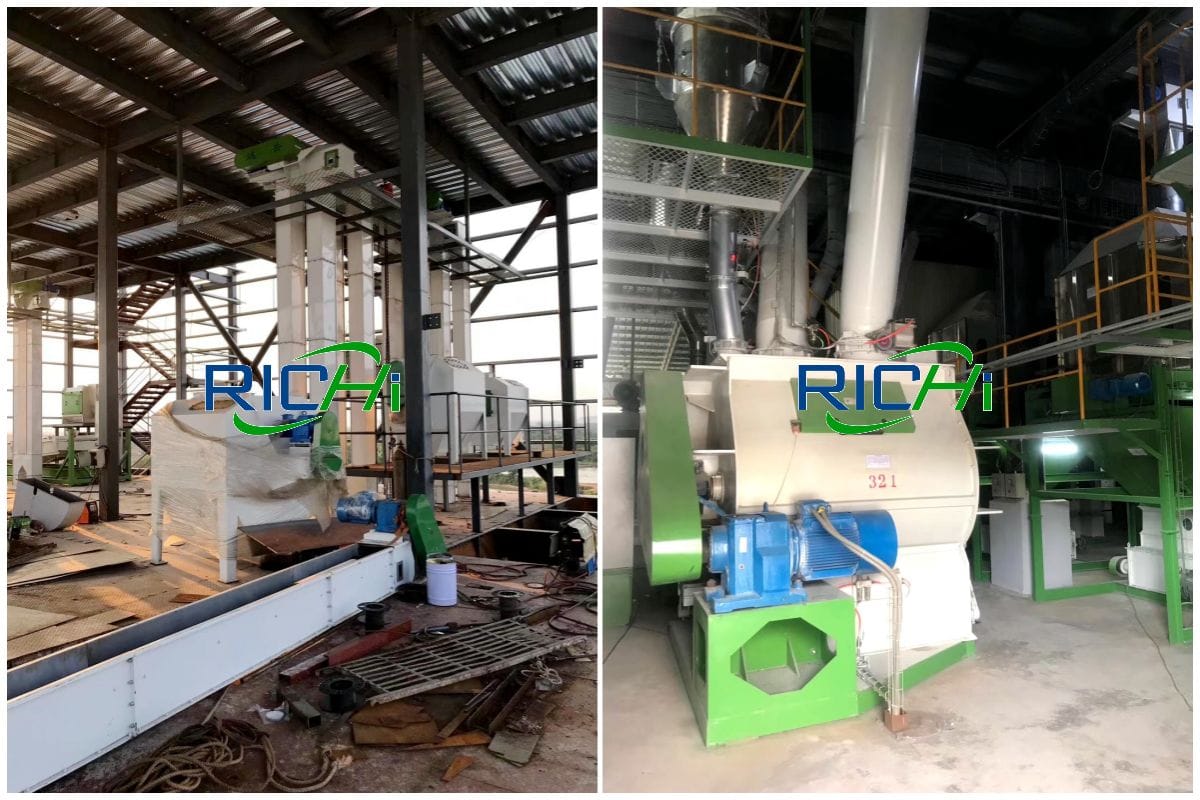
③ Power supply
The annual electricity consumption is about 500,000 kwh, which is supplied by the municipal power grid; the project is not equipped with a backup diesel generator set.
④Heating
The 2t/h sinking fish feed project is equipped with 2 sets of 2t/h natural gas steam boilers to meet the production needs, the fuel is natural gas, the daily consumption of natural gas is 2292.8Nm3 (calculated based on 8 hours of work per day), and the annual natural gas required is a total of 573,200Nm3.
⑤Work system and labor quota
According to the needs of production, the 2t/h sinking fish feed production plant project labor quota is 30 people. Under normal circumstances, the annual working time is 300 days and 8 hours a day. The project set up a small canteen in the factory with 10 service staff and one stove.
fish food manufacturing process
Feed raw materials (soybean meal, peanut meal, kelp meal) are mixed in a certain proportion and then coarsely pulverized, then mixed evenly, and then subjected to ultra-fine pulverization, and then mixed with other feed raw materials (flour, fish meal) evenly, and passed through the stage of granulation and maturation.
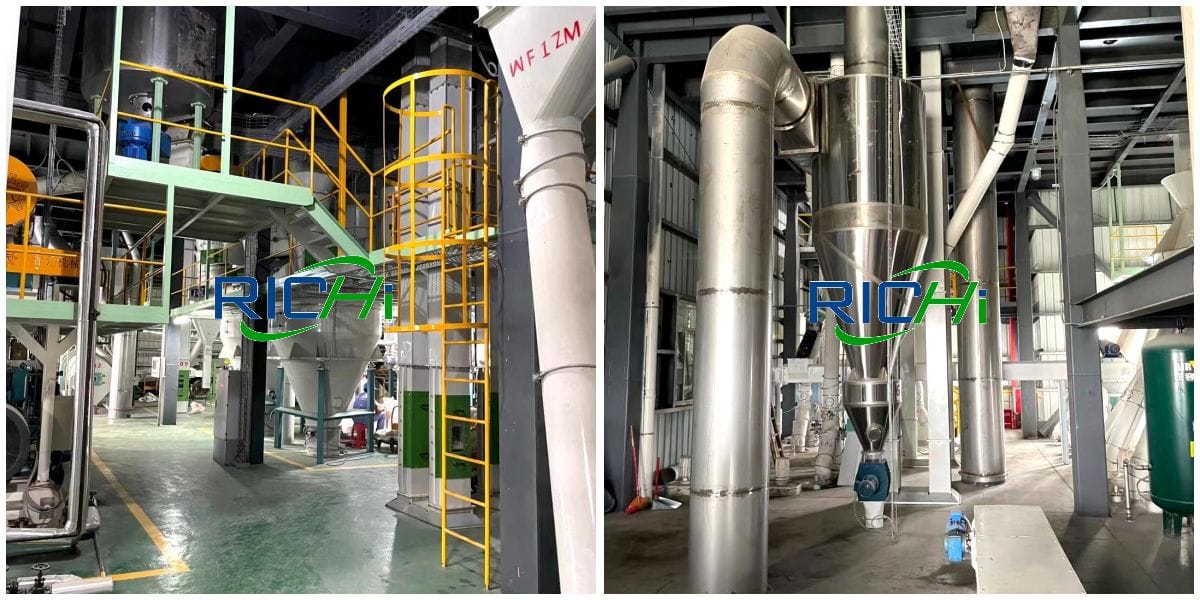
Through steam heating treatment to make the mixed feed raw materials (90-105℃) mature, made into feed, after sieving and packaging into abalone feed; after sieving, the coarse particles are broken and then enter the puffing and drying stage, which is processed by steam heating the mixed feed material (105-120℃) is suddenly decompressed under the condition of heating and pressurization, so that the feed material expands rapidly. (Related product: Twin Screw Extruder For Sale)
In the drying tower, the material and hot air undergo sufficient and efficient mass-heat conversion, and are dried The powdery materials are transported to the separator together with the hot air, and the finished products are collected and packaged into aquatic feed. There is no non-fermentation process, sterile seeds, chemical additives and other processes in the entire sinking fish food manufacturing process.
Main fish feed machine
The 2t/h fish feed production plant project plans to introduce 2 fully automated aqua feed production lines, and equip 14 sets of pulse dust collectors and 4 sets of cyclone dust collectors at each dust-producing node; at the same time, 2 sets of gas-fired steam boilers (2t/d) will be built.
Main Raw And Auxiliary Materials
Physical and chemical properties of main raw and auxiliary materials:
Soybean meal: Soybean meal is a by-product obtained from soybean extraction of soybean oil. The main components are: protein 40%-48%, lysine 2.5%-3.0%, tryptophan 0.6%-0.7%, methionine 0.5%-0.7%. The protein content of soybean meal is about 46%, it is irregularly fragmented, light yellow to light brown in color, and tastes like roasted soybeans.
Peanut flour: Peanut flour is a powder made from the residue of peanut kernels after oil extraction is dried and pulverized. Peanut flour is one of the organic nitrogen sources for microbial growth, rich in protein, trace elements, and a small amount of peanut oil.
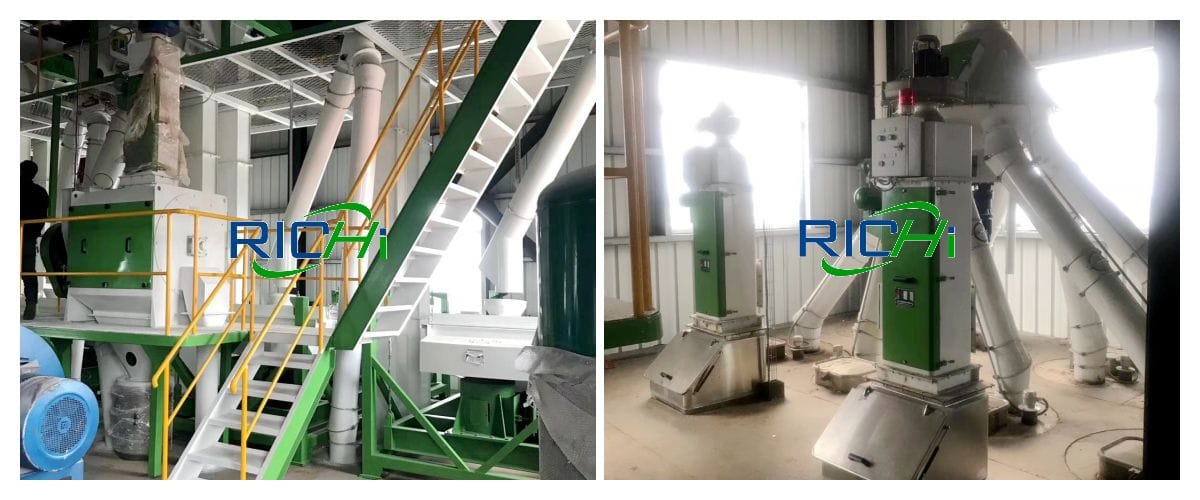
Fishmeal: Fishmeal is a commercial product obtained by removing the edible part of the fish, or the whole fish lacking market value. Fish meal is in the form of brown powder or cake. Specifically, the above-mentioned raw materials are squeezed to remove oil. The purpose of fish meal is that it is rich in protein and can be used as animal feed.
Flour: The flour used in the feed is called “secondary flour”, which refers to the part between the flour and the bran; the generation process and nutritional properties of the second flour are also called black flour, yellow flour, lower or third-grade flour, etc., which are based on wheat seeds.
Raw material is one of the by-products obtained after grinding various flours. In the process of wheat refining, 23% to 25% of wheat bran, 3% to 5% of secondary flour, and 0.7% to 1.5% of germ can be obtained.
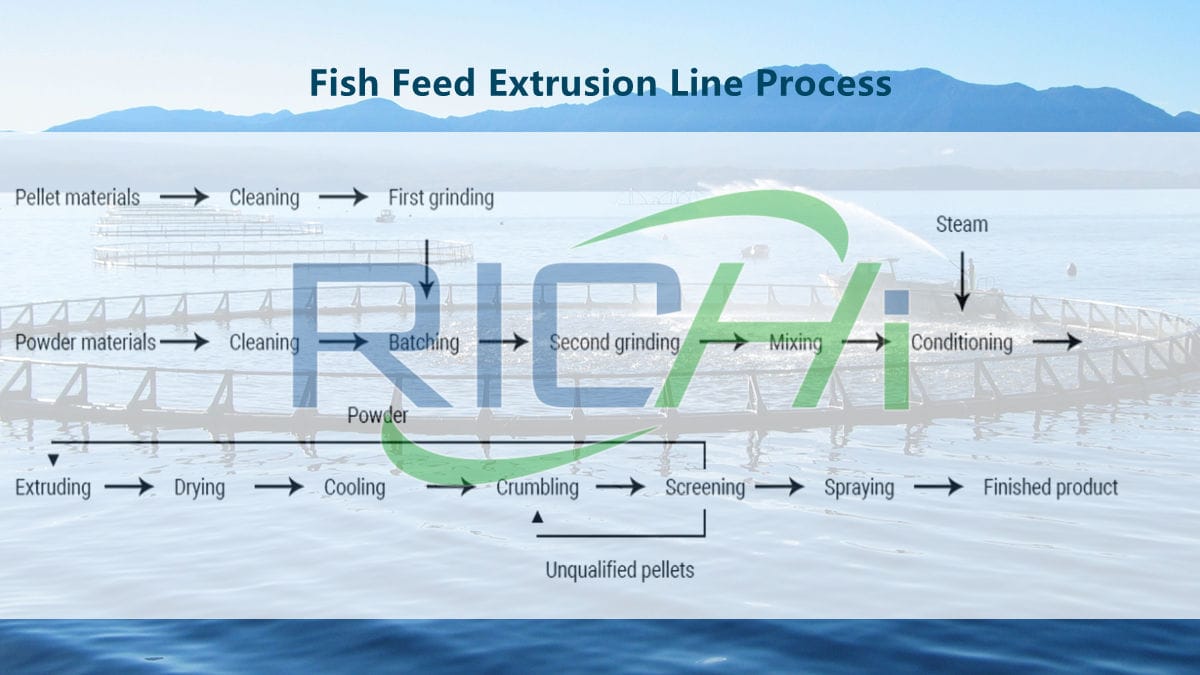
Secondary powder is an important feed material, which belongs to energy feed, that is, it provides energy for livestock and poultry. Its function is similar to that of corn, but its energy level is lower than that of corn, and its protein level is higher than that of corn. Secondary powder acts as a binder.
Kelp powder: Kelp powder is prepared from dried kelp, which preserves the original nutritional value of kelp to the greatest extent. (Related post: Floating Fish Feed Extruder Machine)
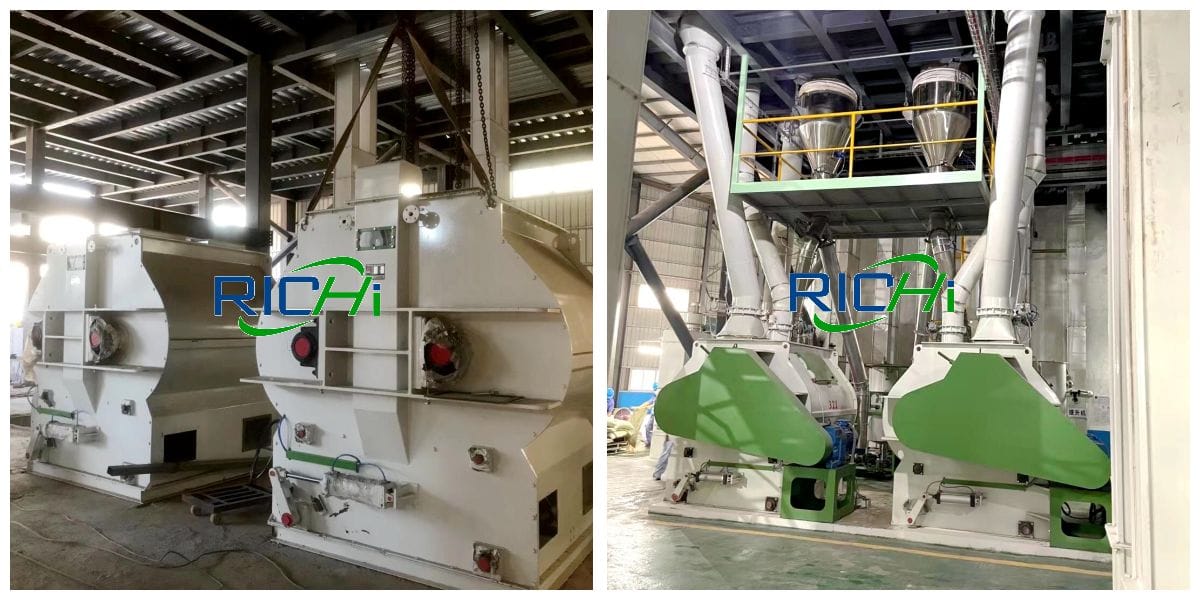
Kelp powder contains carbohydrates, minerals, vitamins, free amino acids, fatty acids, natural pigments and unknown growth factors (UCF), which can improve feed efficiency, promote growth, weight gain and increase survival rate, and can effectively prevent goiter, white muscle disease , Improve fertility, balance the nutritional ratio of lactation, reduce mastitis, prevent anemia, increase egg production, etc.
Focus on successful cases in more than 130 countries and regions around the world, and inspect every process from a single sinking fish feed machine to the entire sinking fish feed production plant.
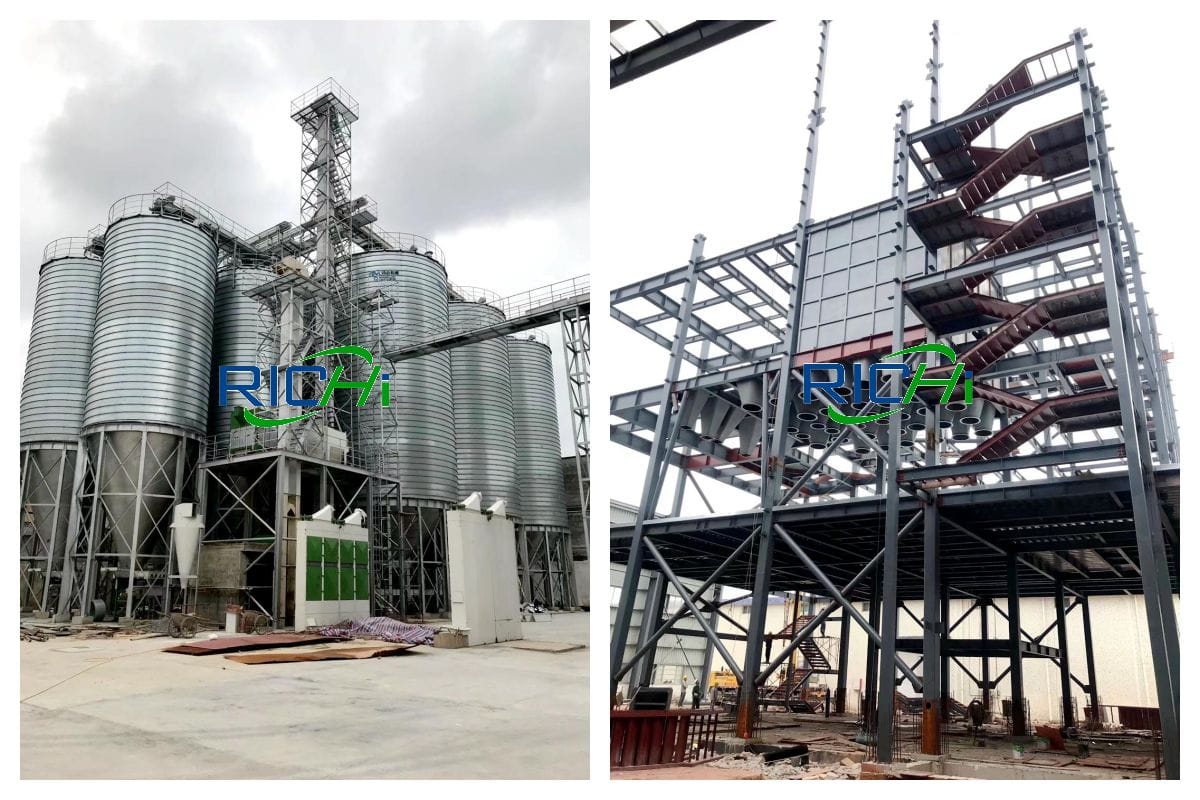
7.5T/H sinking fish feed mill plant project
With the adjustment of the agricultural industry structure and the rapid improvement of people’s living standards, the output of aquatic food and the demand for feed will increase, and aquatic feed has a lot of room for improvement. Therefore, the client plans to invest 7 million US dollars to build an aquatic feed R&D and sinking fish feed production plant project.
The 7.5t/h sinking fish feed manufacturing plant project covers an area of 20,696.0 m², with a construction area of 23,014.4 m². It is mainly engaged in the processing and production of aquatic feed, with an annual production scale of 18,000 tons of aquatic feed.
- Production scale: 2 fish food production lines
- Number of employees: There are 15 employees in total, 10 of whom live in the factory,
- Working system: 300 working days per year, 1 shift per day, 8 hours per shift.
Process flow of 7.5 t/h sinking fish feed production plant
The operation process of the 7.5t/h fish pellet feed production plant is controlled by the central control room. Except for a small amount of dust, all the input raw materials are converted into products, and the yield reaches 99.7%. The processes such as curing and drying in the production process are all heated by steam.
A 2t/h oil-fired boiler is proposed to provide steam. In addition, a small amount of water needs to be added during the aging process, all of which will enter the product, and no production waste water will be discharged.
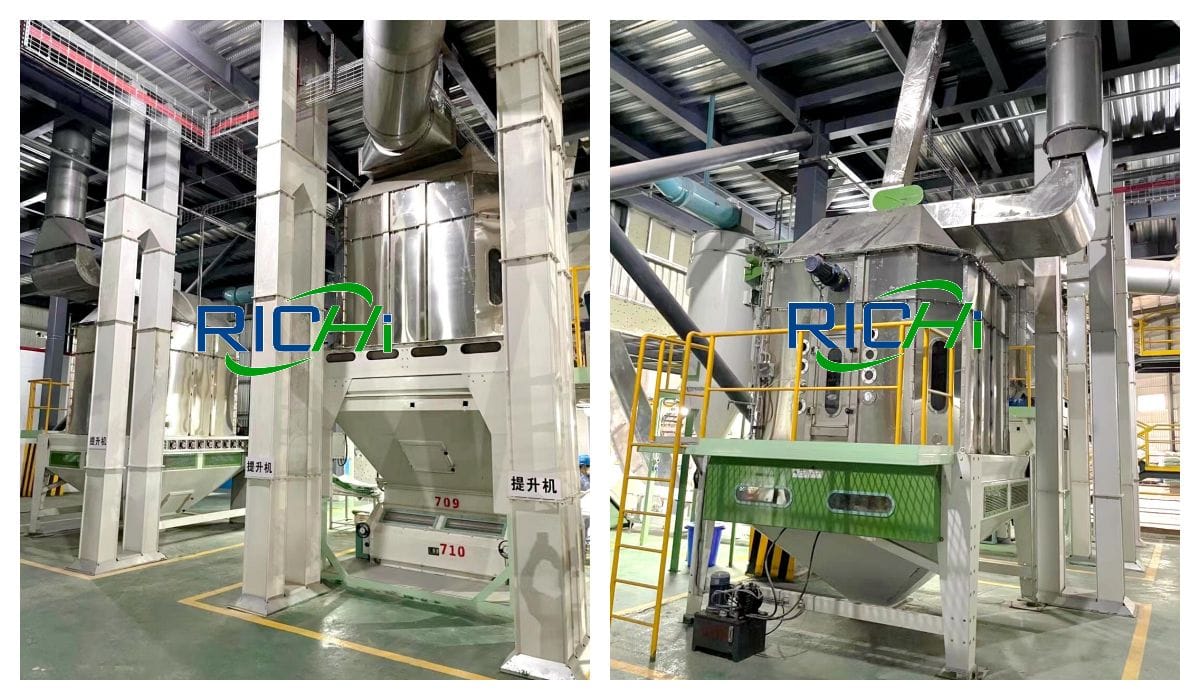
- (1) Coarse pulverization: use a pulverizing system to pulverize the bulk raw materials, the thickness is about 50 mesh or more;
- (2) Screening: sieve the raw materials with too large particle size, and re-mix the raw materials in the previous step for crushing again;
- (3) Mixing: according to different varieties of aquatic feed products, the raw materials are mixed according to the proportion;
- (4) Ultrafine pulverization: The mixed raw materials are pulverized again, the thickness is about 90 mesh, but not too fine, so as to avoid the weakening of the cohesiveness of the particles;
- (5) Maturation: The semi-finished pellets are about to be matured, the temperature is controlled at about 92~100℃, and the time is 30~40min; about 0.15t of steam is needed to process 1t of aquatic feed, and about 2,700t of steam is needed to process 18,000 tons of aquatic feed annually, the steam utilization rate is about 75%, then the total required steam volume 18 is 3600t/a (12t/d), and the boiler steam evaporation loss supplementary water volume is about 40%, that is, the supplementary fresh water volume is 1440t/a (4.8t/d). The water volume is 2160t/a (7.2t/d); the circulating water is replaced once a month, and the water volume of each replacement is 7.2t/time (86.4t/a), then the fresh water consumption of boiler steam is 1526.4t/a (average 5.1 t/d).
- (6) Pelletizing: Use a fish feed pellet mill to press the mixture into feed pellets of various specifications, with an average of Φ1.8~2.0mm; (Related product: Floating Fish Feed Making Machine)
- (7) Stabilization, drying and cooling: use hot steam to stabilize and dry the cured particles, and control the moisture content of the product to be less than 12%; the dried particles are naturally cooled by air;
- (8) Screening and packaging: a part of the cooled pellets will be crushed and processed, and the products of different specifications will be obtained after screening by the plane rotary grading sieve, and the rest will be directly entered into the grading screen for screening to obtain products of different specifications, and various products will be packaged separately for sales.
Main equipment of 7.5 t/h sinking fish feed production plant
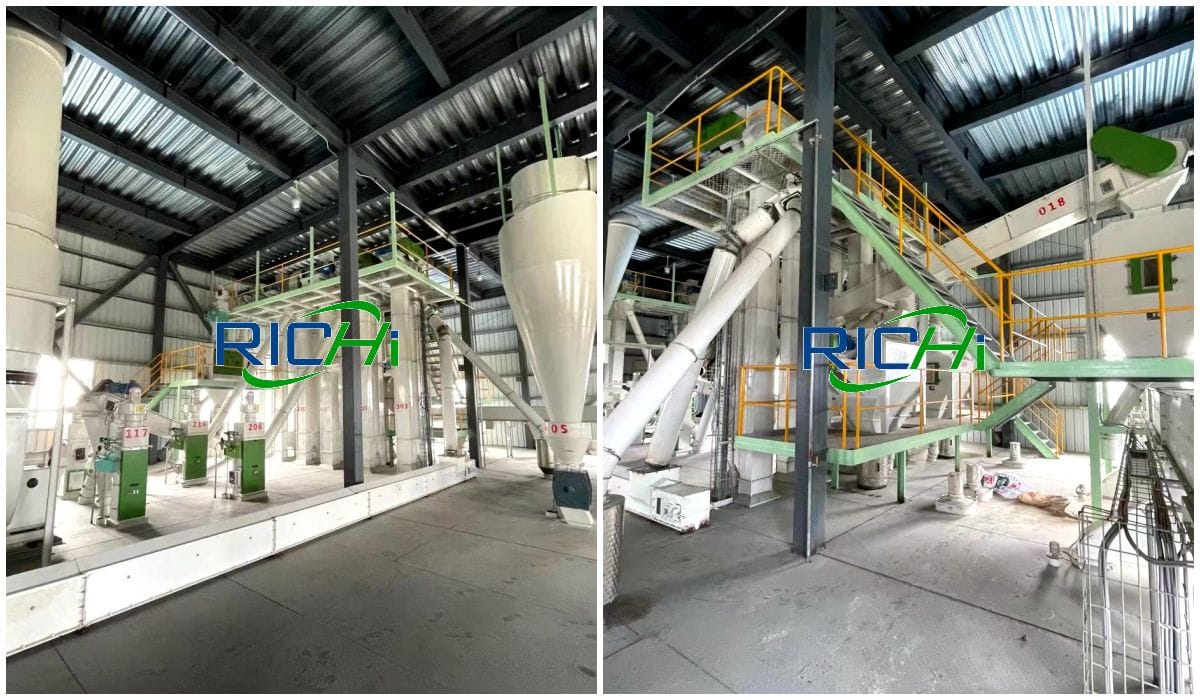
Main raw and auxiliary materials and energy consumption
The main raw materials used in this 7.5t/h sinking fish feed production plant project are kelp meal, flour, extruded soybean meal, and fish meal. The consumption is 8,500 tons/year, 2,500 tons/year, 4,500 tons/year, and 1,800 tons/year respectively; the project produces 18,000 tons of aquatic feed annually.
The properties of the main raw and auxiliary materials:
- Kelp powder: Kelp powder is rich in seaweed polysaccharide, and fucoidan sulfate is the biologically active seaweed polysaccharide. The content of fucoidan sulfate in degummed kelp powder (dry product) is stable between 1.5% and 2.1%. Seaweed polysaccharides can enhance the detoxification of sea cucumber intestines, improve the anti-stress ability of sea cucumbers in high temperature and rainy seasons, and inhibit virus and drug-induced diseases.
- Flour: The grade of flour is directly related to the content of minerals (ash) in the husk and germ of the wheat kernel. The higher the mineral content, the lower the grade of flour. Generally speaking, the mineral content of flour will not have much influence on the properties of bread making.
- Puffed soybean powder: The puffed soybean powder is golden yellow powder, which has the characteristics of bean flavor, high energy, high protein and high digestibility, and is rich in vitamin E and lecithin. It is the best plant for formulating high energy and high protein feed. Sexual protein raw materials. According to the determination, the digestibility of various amino acids of puffed soybean flour is above 90%.
- Fish meal: high protein feed material after degreasing, dehydration and crushing. Fish meal contains no indigestible substances such as cellulose, high crude fat content, and high effective energy value of fish meal. It is easy to mix fish meal as raw material in production. into high-energy feed; fish meal is a good source of minerals, calcium and phosphorus are high in content, and the proportion is appropriate, all phosphorus is available phosphorus. The selenium content of fish meal is very high, which can reach more than 2mg/kg. In addition, fish meal is also high in iodine, zinc, iron, selenium, and contains moderate amounts of arsenic.
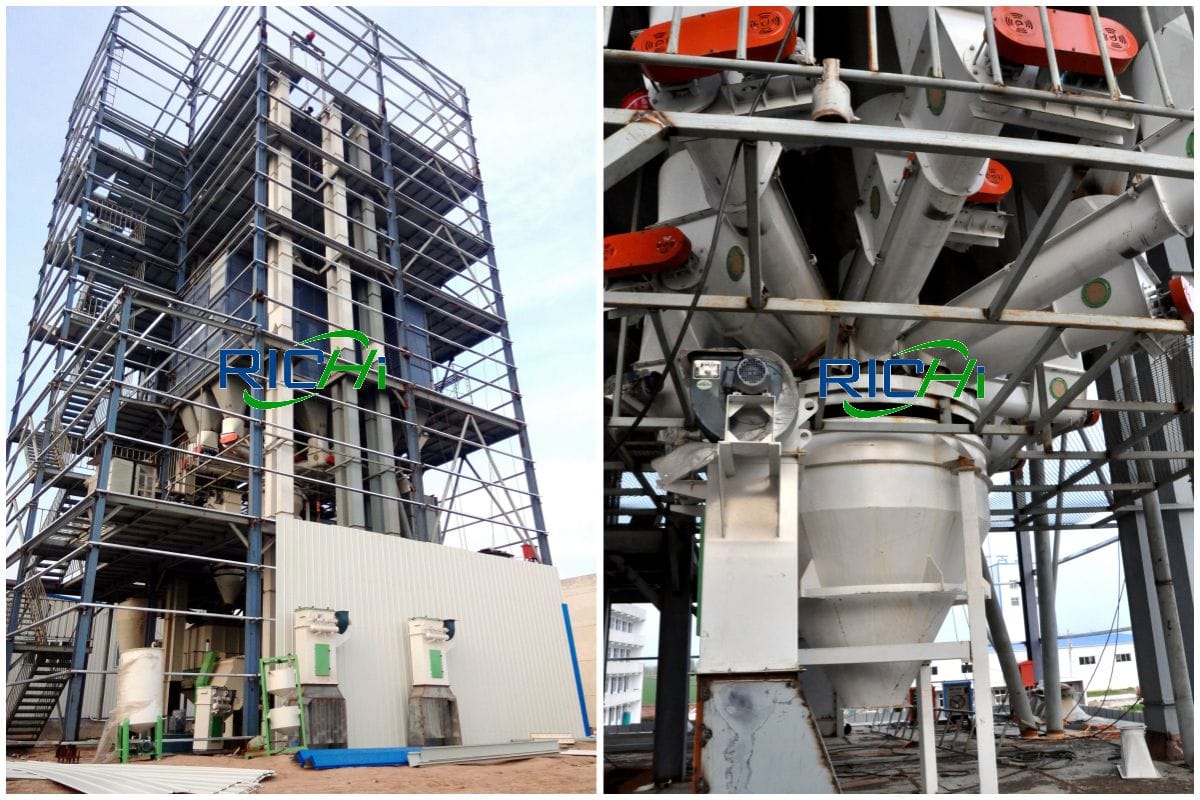
Main energy consumption:
Richi Machinery is always based on market trends and customer needs, constantly seeking changes and improving, timely innovation, and relying on standard sinking fish feed production line solutions, flexible and reasonable configuration of sinking fish feed processing equipment, to achieve stable performance and mature customized design. If you have any needs or questions about the construction of a fish feed production plant, please leave a message and we will reply to you as soon as possible after receiving it! You can also contact us directly via WhatsApp (+86 138 3838 9622)!
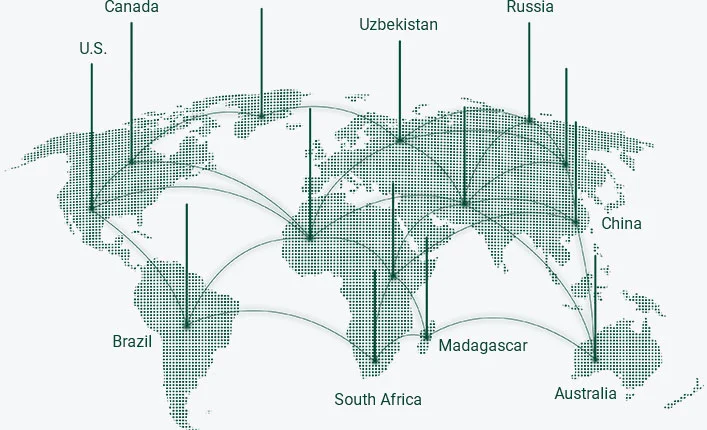
2,000+ /PROJECTS
In the past 30 years, as sinking fish feed production plant supplier, we have accumulated rich experience. We has exported sinking fish feed machines for sale the world, and has reached cooperative relations with more than 2,000 customers in more than 130 countries and regions, providing them with complete solutions and services covering the entire product life cycle.
130+ /COUNTRIES
Customer experience is the touchstone. Richi Machinery has benefited a lot from winning the market with connotative products and high-quality services. Richi Machinery specialize in sinking fish feed making equipment for sale, our sinking fish feed production plant machines are carefully designed for customers according to the actual feed production requirements.